I Am Fine. Stars Are Alone Too.
I am fine. Stars are alone too.
(via gravitationalbeauty)
More Posts from Aztlan27 and Others



Mars Rover Opportunity Has Confirmed (Past) Liquid Water On Red Planet!
As NASA scientists put it, this is a “slam dunk” piece of proof that water once flowed on or under the planet’s surface. And this is more than ice, it’s evidence of flowing water, and lots of it. How do they know that?
Gypsum (the white stuff in the vein up there) is a non-metal mineral made up of calcium sulfate. But on Earth it is known to be made up of not only the calcium and the sulfate, but also water (it’s “hydrous”). Moreover, it occurs naturally from the evaporation of massive, mineral-rich lakes or seas. And that means that water must have stood, flowed, pooled, and evaporated at some point on Mars.
Not bad for a rover that was only supposed to last 90 Martian days!
(images above from NASA/JPL, lulz by me)
Great shot

Earth as seen from the ISS
js
All Eyes on the Sky for the August 21 Total Solar Eclipse
Just two months from now, the moon will completely block the sun’s face, treating part of the US to a total solar eclipse.

Everyone in North America will have the chance to see an eclipse of some kind if skies are clear. Anyone within a 70-mile-wide swath of land — called the path of totality — that stretches from Oregon to South Carolina will have the chance to see a total eclipse.

Throughout the rest of the continent, including all 50 United States — and even in parts of South America, Africa, Europe, and Asia — the moon will partially obscure the sun, creating a partial eclipse.

Photo credit: NASA/Cruikshank
An eclipse is one of nature’s most awesome sights, but safety comes first! When any part of the sun’s surface is exposed, use proper eclipse glasses (not sunglasses) or an indirect viewing method, like a pinhole projector. In the path of totality, it’s safe to look directly at the eclipse ONLY during the brief moments of totality.

During a solar eclipse, the moon passes between the sun and Earth, casting a shadow down on Earth’s surface. We’ve been studying the moon with NASA’s Lunar Reconnaissance Orbiter, and its precise mapping helped NASA build the most accurate eclipse map to date.

During a total solar eclipse, the moon blocks out the sun’s bright face, revealing the otherwise hidden solar atmosphere, called the corona. The corona is one of the sun’s most interesting regions — key to understanding the root of space weather events that shape Earth’s space environment, and mysteries such as why the sun’s atmosphere is so much hotter than its surface far below.

This is the first time in nearly 100 years that a solar eclipse has crossed the United States from coast to coast. We’re taking advantage of this long eclipse path by collecting data that’s not usually accessible — including studying the solar corona, testing new corona-observing instruments, and tracking how our planet’s atmosphere, plants, and animals respond to the sudden loss of light and heat from the sun.
We’ll be studying the eclipse from the ground, from airplanes, with research balloons, and of course, from space.
Three of our sun-watchers — the Solar Dynamics Observatory, IRIS, and Hinode, a joint mission led by JAXA — will see a partial eclipse from space. Several of our Earth-observing satellites will use the eclipse to study Earth under uncommon conditions. For example, both Terra and DSCOVR, a joint mission led by NOAA, will capture images of the moon’s shadow from space. Our Lunar Reconnaissance Orbiter will also turn its instruments to face Earth and attempt to track the moon’s shadow as it moves across the planet.

There’s just two months to go until August 21, so make your plans now for the big day! No matter where you are, you can follow the eclipse as it crosses the country with live footage from NASA TV.
Learn more about the upcoming total solar eclipse — including where, when, and how to safely experience it — at eclipse2017.nasa.gov and follow along on Twitter @NASASun.
Make sure to follow us on Tumblr for your regular dose of space: http://nasa.tumblr.com
This is very cool
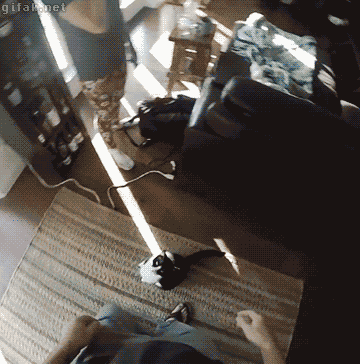

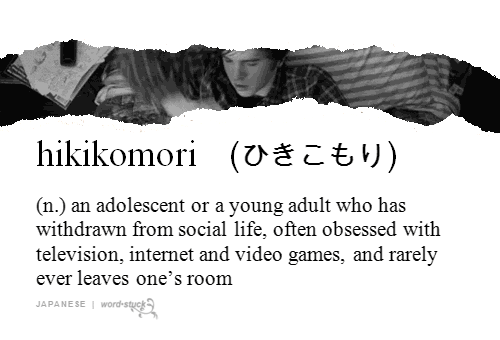
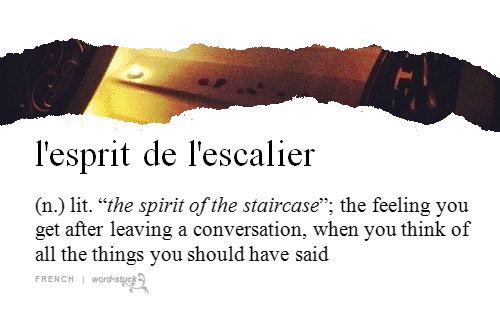
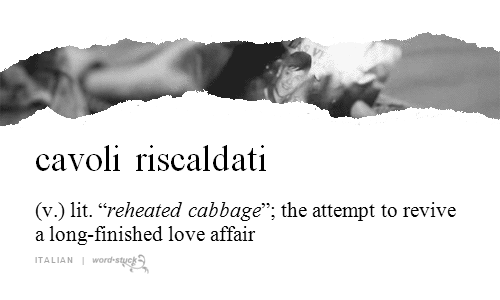

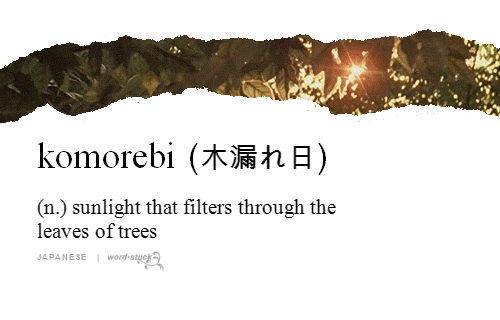
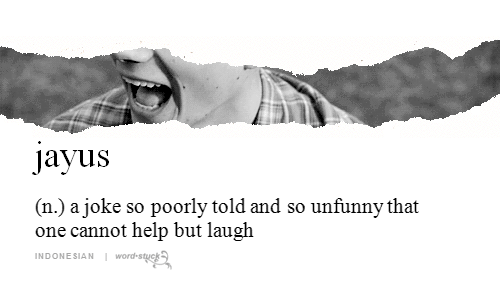
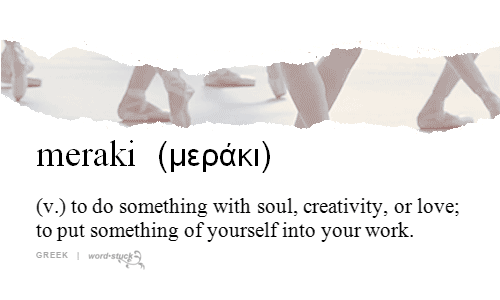
Sometimes you just need some different words (via word-stuck.tumblr.com)
Know what i'm saying?

Middle finger at all ya’ll.

@muse as always you put on an awesome show!! It was well worth it to come down to San Diego. #simulationtour (at Pechanga Arena San Diego) https://www.instagram.com/aztlan327/p/BuqKU5KgP0u/?utm_source=ig_tumblr_share&igshid=kapsxlp4df5e
-
 obsoletagraciosa liked this · 9 years ago
obsoletagraciosa liked this · 9 years ago -
 knw reblogged this · 9 years ago
knw reblogged this · 9 years ago -
 tabithuug liked this · 9 years ago
tabithuug liked this · 9 years ago -
 north-ne liked this · 9 years ago
north-ne liked this · 9 years ago -
 alex2xander liked this · 9 years ago
alex2xander liked this · 9 years ago -
 capnmuttonchops liked this · 9 years ago
capnmuttonchops liked this · 9 years ago -
 littlepaleskinnyhealy reblogged this · 9 years ago
littlepaleskinnyhealy reblogged this · 9 years ago -
 karyuukai reblogged this · 9 years ago
karyuukai reblogged this · 9 years ago -
 kharencraig liked this · 9 years ago
kharencraig liked this · 9 years ago -
 xoaoq1l liked this · 9 years ago
xoaoq1l liked this · 9 years ago -
 honeydrawn-blog1 reblogged this · 9 years ago
honeydrawn-blog1 reblogged this · 9 years ago -
 eveofsaintagnes reblogged this · 9 years ago
eveofsaintagnes reblogged this · 9 years ago -
 tallshps liked this · 9 years ago
tallshps liked this · 9 years ago -
 carolcosmic reblogged this · 9 years ago
carolcosmic reblogged this · 9 years ago -
 lvcyfer reblogged this · 9 years ago
lvcyfer reblogged this · 9 years ago -
 fl0wer-hurricane liked this · 10 years ago
fl0wer-hurricane liked this · 10 years ago -
 crinklecutfry liked this · 10 years ago
crinklecutfry liked this · 10 years ago -
 inorganicflesh liked this · 10 years ago
inorganicflesh liked this · 10 years ago -
 hellohiimnice reblogged this · 10 years ago
hellohiimnice reblogged this · 10 years ago -
 hellohiimnice liked this · 10 years ago
hellohiimnice liked this · 10 years ago -
 tinytiger3 liked this · 10 years ago
tinytiger3 liked this · 10 years ago -
 rainyblues1102 liked this · 10 years ago
rainyblues1102 liked this · 10 years ago -
 vang0ph reblogged this · 10 years ago
vang0ph reblogged this · 10 years ago -
 counterfeitzodiac reblogged this · 10 years ago
counterfeitzodiac reblogged this · 10 years ago -
 awolfbeneath reblogged this · 10 years ago
awolfbeneath reblogged this · 10 years ago -
 awolfbeneath liked this · 10 years ago
awolfbeneath liked this · 10 years ago -
 dos-gatos reblogged this · 10 years ago
dos-gatos reblogged this · 10 years ago

